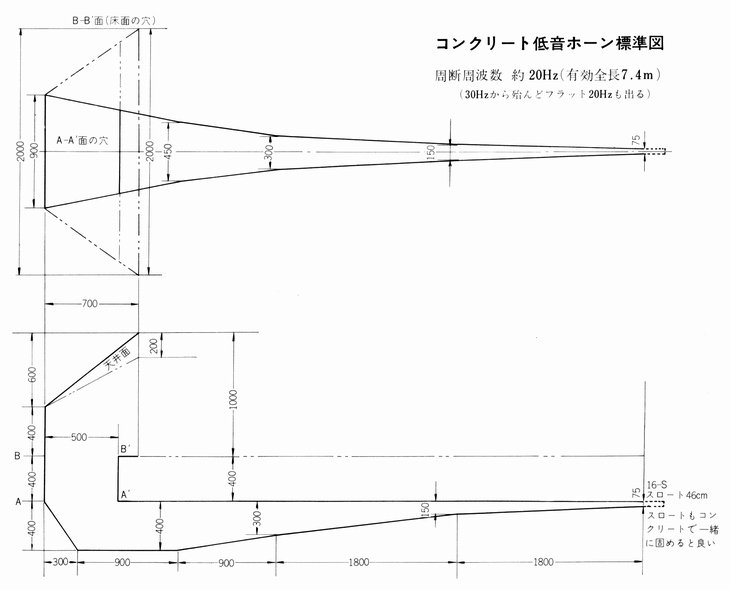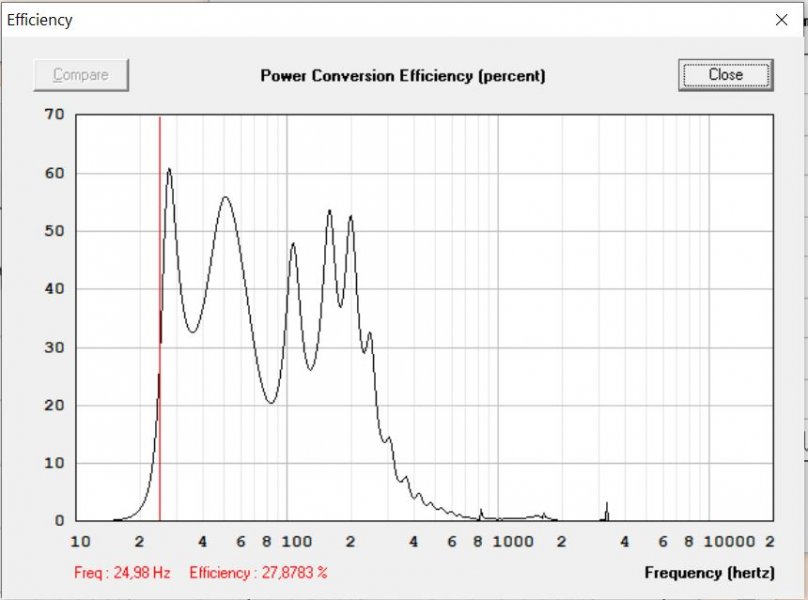A proper bass horn will already have the driver critically damped (not to mention that good horn drivers typically have low Qts) and don't require additional damping from the electronics. IME, this always overdamps the bass to where, at least with passive designs, makes the bass all but disappear.If I understand you correctly, I would actually turn this the other way around. It is an even bass FR and well integrated with the mains or midrange, that allows you to hear the quality of the main speakers. For example if you have a 8 db peak at 100 hz, due to room problems (or bad speaker design), it will severely mask the surrounding frequencies and it will tilt the spectral balance, giving the sound a muffled feeling.
If you refer to the front end gear, I´m very much an objectivist. You can "colour" or "eq" your speakers a bit with different types of gear, especially tube amps. I just find it more beneficial to eq the total response after analysing the measurements I take.
I would say that bass response also is a matter of the amp control and adequate power supply. For me tube amps won´t suffice, because they have high output impedance due to the use of output transformer. This will give low damping control over the bass driver.
Let me know if I misunderstood your question.
You are not taking into account artifacts from cheap digital processors, like the Behringer in your photo that I also have for experimentation, that simply are acting as a hinderance to proper sound quality. Sorry, there is no other way to put it really...you haven't begun to hear what your speakers are capable of I think.





